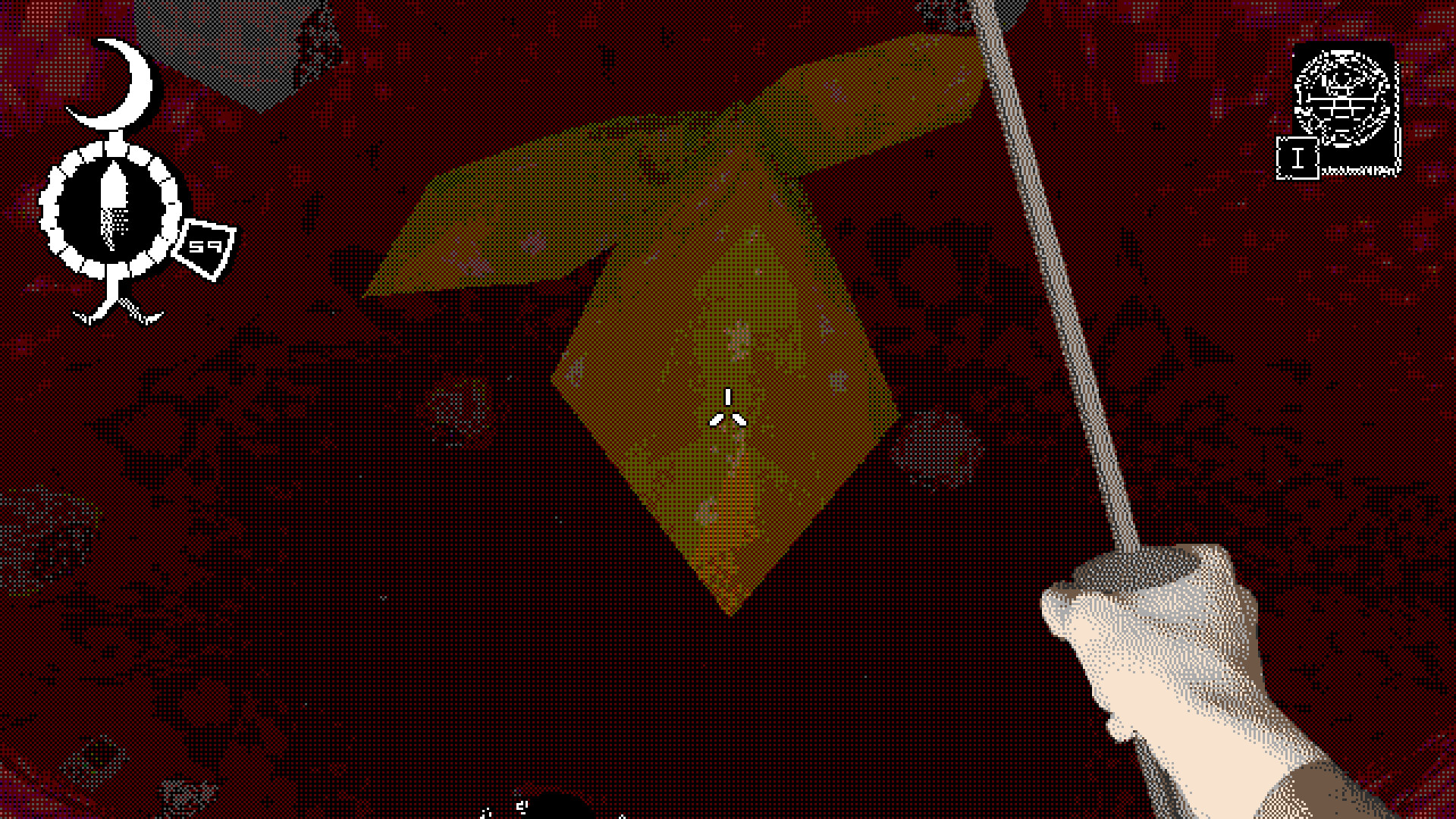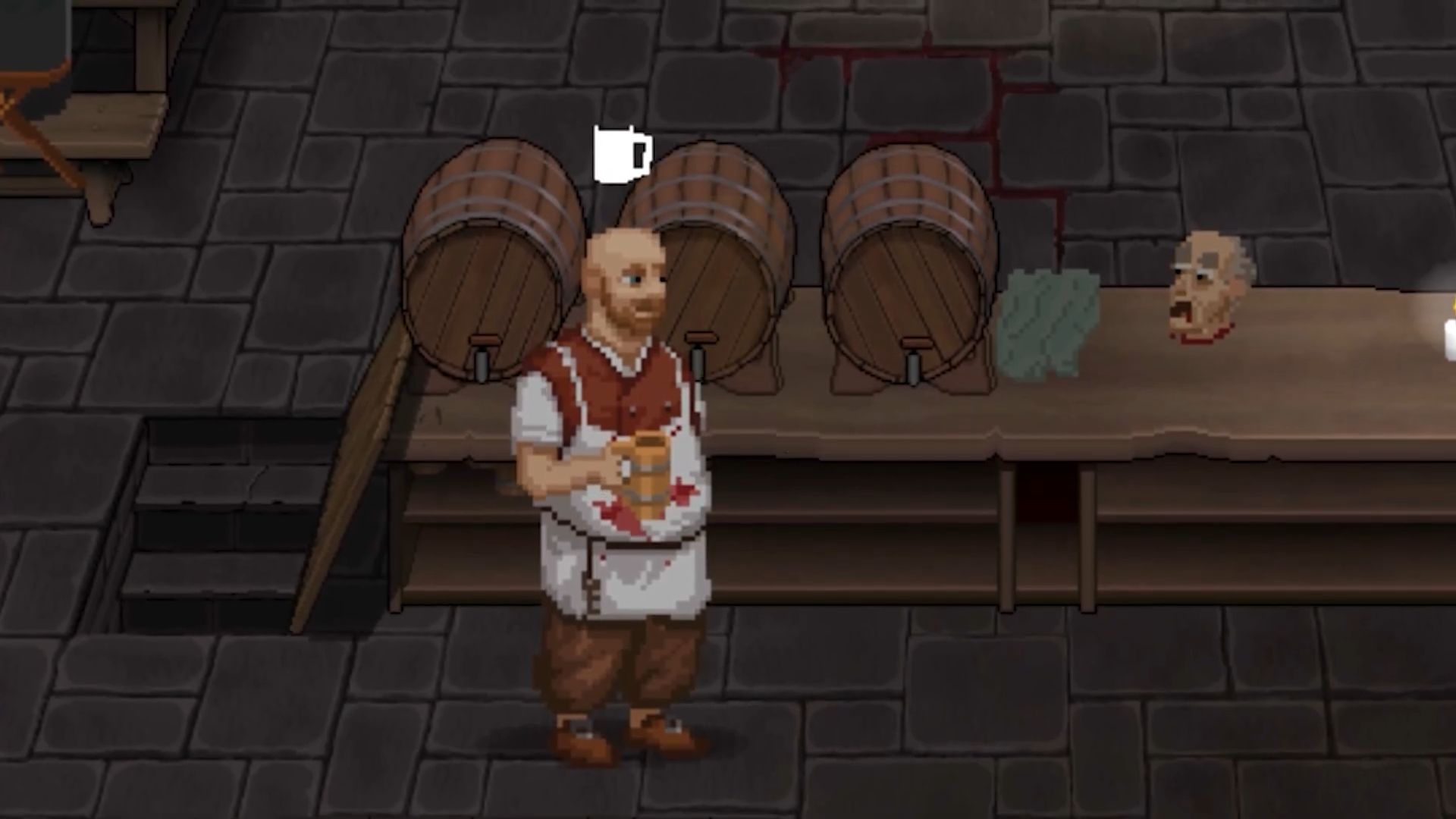
Whether it’s a book, a movie, or a video game, creative works generally exist for a reason. Sometimes it’s to delight, by entertaining with stories or fun gameplay. Other times it’s to inform, with news or by exposing the audience to different perspectives. Or it makes you think, with interesting ideas that challenge you to consider or reflect. The Lord of the Rings: Gollum, however, is a game that does none of these things. Instead, it thrusts you into the role of the titular character without doing anything meaningful with his defining internal conflict, and sends him on a series of missions that are neither fun to play nor interesting to experience. The one question it poses is: why would someone want to play this?
Playing as Gollum sounded like it might’ve been a decent pitch for a game, since he’s one of the more interesting and famous characters in J. R. R. Tolkien’s fantasy universe. He and Sméagol are two sides of the same coin; the good person that was Sméagol was tragically corrupted by The One Ring, twisted into this pathetic creature. It’s his clammy bare feet that we step into, ostensibly with the goal of regaining possession of the Ring from Bilbo Baggins. However, most of your time is spent experiencing Gollum’s time as a prisoner during the years between The Hobbit and The Fellowship of the Ring in a linear, story-driven series of levels. Prison Simulator: Mordor Edition is sadly less interesting than it sounds. I couldn’t shake the feeling I was supposed to be on a grand Lord of the Rings adventure, and was instead stuck collecting bits and baubles for forgettable NPCs and hiding in bushes to hide from monotonous guard patrols.
There are generally three phases to any level, and they range from uninteresting to just plain bad. There’s the chores phase, in which Gollum goes from one waypoint to another to complete some menial task. There’s always some conceptually different scenario, like crawling through small openings to detonate explosives, but functionally it’s a series of marches across the same areas over and over again. It never feels like there’s any point to it, just busywork. It could be fun to run around with Gollum, thanks to his surprising sprint speed, but he has a stamina meter that depletes in just a few seconds and takes far longer to replenish. Trying to get anywhere involves too little speed, too much waiting, and an unfortunate amount of hearing Gollum choking on his own breath.
The platforming phases are more compelling, but still poorly designed. Spacious rooms with handles to climb, walls to run, and leaps to take bring a faster pace of action, but the loose and floaty way Gollum moves and imprecise controls make it feel like something from the PlayStation 2 era. Having experienced a modern Assassin’s Creed or Tomb Raider game, here it feels far too easy to jump toward the correct point and fall to your death because you drifted to one side, or missed the part of the ledge that has the white line that establishes exactly where you can grab. The paths are rigidly defined, and often involve blind jumps or best guesses at what the next intended handle is. Rather than a throwback, it comes across as outdated; a poor facsimile of classics like the Prince of Persia series.
These issues plagued mediocre stealth games 15 years ago.
Finally there are the stealth segments, which are simply bad. Any time Gollum needs to go from point A to B undetected, it’s going to be a slog. Enemies have extremely limited parol patterns, are terribly nearsighted, and seem to suffer from acute, rapid-onset amnesia, forgetting Gollum ever existed not long after losing sight of him. These are issues that plagued mediocre stealth games 15 years ago, and it’s jarring to see them in 2023. There’s no cat-and-mouse game of outsmarting enemies using interesting abilities and clever level design as you do in something like Dishonored or Hitman, you just exploit their painfully obvious blind spots with no objective outside of reaching the designated point.
Gollum’s only tools are his ability to sneak quietly, throw rocks, and disappear in tall grass or shadows. Because the enemy AI is surprisingly terrible, doing something as simple as standing on a table or knee-high rock can make you completely immune to capture. I was able to navigate a long stealth section in the Animal Pits of Barad-dûr by just jumping and grabbing an overhang anytime someone spotted me. Eventually some of the Orcs get crossbows, but even then the threat is minimal.
There’s no combat per se, which makes sense because Gollum is no fighter when it comes to any opponent larger than a hobbit. You do have the option to strangle enemies, but it comes with some odd caveats. First, it doesn’t work on anyone with a helmet. This makes sense for someone in full battle regalia — Sméagol’s grubby mitts won’t bend steel, after all. However, what defines a helmet in this game is broadly open to interpretation. Is that orc wearing a hat? Decent chance he’s strangle-proof. Also, strangling only applies to orcs. It makes sense you can’t choke beasts like spiders, but other humanoid races like elves apparently have invincible throats, eliminating the only method to bypass enemies apart from stealth. Which, again, is not good.
A few chase sequences change up the pace, though they are a bit of a mixed bag. One places Gollum on a moving object and requires careful dodging oncoming obstructions and archers, and manages to be one of only a handful of fun sections to play through. The other is a Crash Bandicoot-style run toward the camera, made miserable by the imprecise platforming and inability to see obstacles until moments before you need to avoid them. It is frustrating to play as a character who is looking ahead and should see incoming objects but not being able to see them yourself, and die because of it.
There is some potential replayability if you for some reason wanted to revisit Gollum’s lousy adventure instead of playing any of the many spectacular games that have come out recently. Hidden collectibles don’t offer any sort of rewards, you just spread them out on an old piece of cloth to look at while Gollum offers a line of dialogue for each. Even as someone with a natural compulsion to find everything in most games I couldn’t muster any enthusiasm to find the next bat wing or chunk of jar. It just felt pointless to add to his sad hoard of not-so-precious treasures.
What’s it for, Precious?
Hardcore Lord of the Rings fans know Gollum himself is a complex character, both a victim and a villain, but that’s not explored in any meaningful way in this story. There are occasional binary choices to answer questions or take action as Gollum or Sméagol, but it never felt like this altered the story or had lasting effects on Gollum himself. Sometimes there’s a need for one side of Gollum’s personality to convince the other to go along with plans, like when Gollum is hiding from an orc and a painting of the Eye of Sauron sends him into hysterics. The two choices were “Kill the Orc,” which Gullum supported, or the Sméagol-endorsed option to “Keep Panicking.” Sméagol won the argument, but it’s hard to tell if that’s because I made a compelling case for further panicking, or if the multiple-choice options were just too easy to select from. In my 20 hours exploring Middle-earth there was maybe a single instance where the debate didn’t go exactly as expected, which made it feel pointless to engage with.
It’s not very interesting to look at, either. Even with all the PC graphics options set to Epic, places like Barad-dûr look drab and flat, and the empty lifelessness of the Mirkwood stands out in an era of games where lush flora and fauna has become the norm. Gollum’s model looks good enough, including his surprisingly detailed wisps of hair, and his mannerisms are well captured, but other characters suffer from distractingly stiff animations and a haunting lack of facial expression.
DLC Reaction
There’s paid DLC available for The Lord of the Rings: Gollum by spending an extra $10 to upgrade to the Precious Edition. It’s mostly standard, innocuous fare geared towards LOTR fans, with an artbook, soundtrack, and in-game emotes for Gollum. There’s also a lore compendium tied to it, which arguably would benefit more the casual players who are less likely to already know the ins and outs of every character and location Gollum interacts with. The one thing I actually wanted was the Sindarin VO DLC, which replaces the language spoken by elves with the language Tolkein created for them in his books. Locking that behind a paywall is an unfortunate choice, removing a cool layer of authenticity from the standard version. Still, none of these things materially change how things will play out.
The sound design, however, is strong. The raspy, almost choking speech of Gollum is well acted, as is the clearer and more timid Sméagol side of his personality. It sounds exactly like someone who saw Andy Serkis’ performance in the movie trilogy would expect. Even small details, like the clammy sound of Gollum’s hands slapping on different surfaces as he climbs or runs, or the reverberation of ringing bells in certain spaces, stand out as authentic, with impressive attention to detail.
But even if it looked and sounded uniformly spectacular, Gollum would still feel pointless to play, and that feeling turns to despair when technical issues crop up. On three different occasions during this review levels needed to be fully restarted: once because of an unfortunately placed autosave, and twice because parts of puzzles were outright broken, so despite the solution being evident there was no way to advance. They weren’t fully game-breaking problems because restarting fixed them, but they were spirit-breaking – playing through areas that were uninteresting the first time bordered on painful for a second go-around that never should have been necessary.





